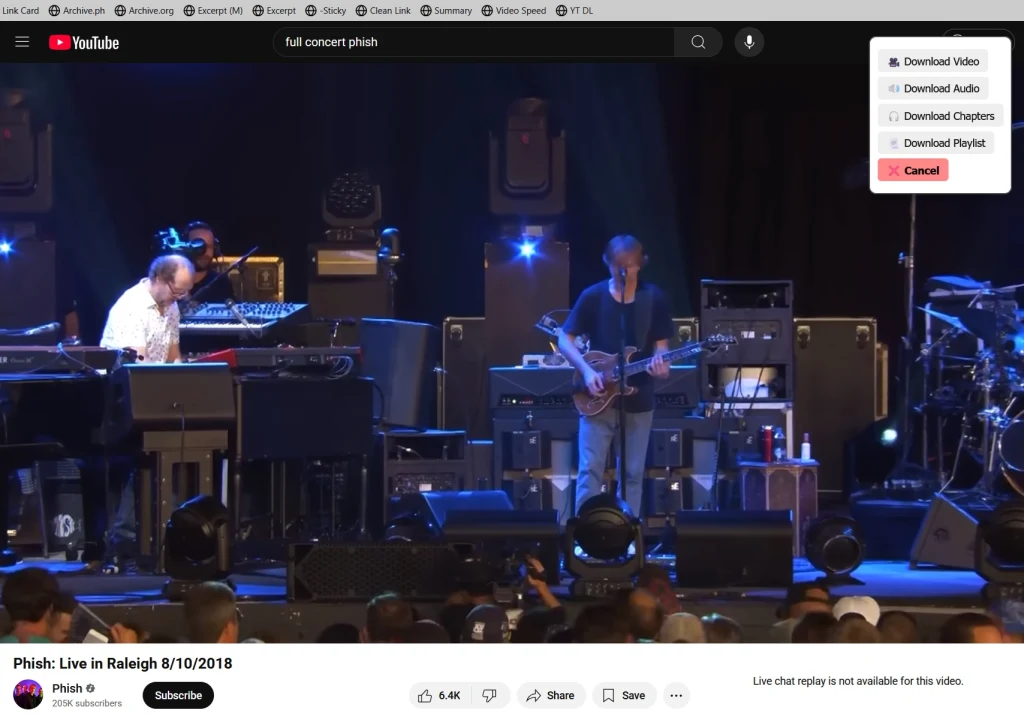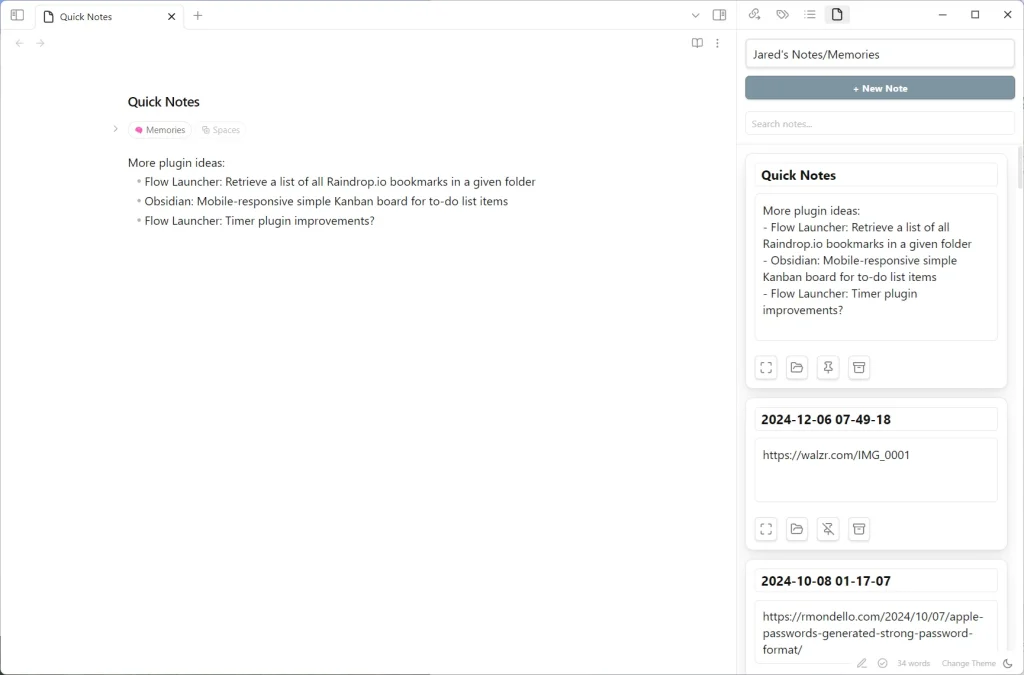A few weeks ago, I finally paid for ChatGPT Plus.
It started with a simple goal: I wanted to create a personal archive of my published articles, but wasn’t sure how to begin. That led to a long back-and-forth with ChatGPT, where we built a Python script to scrape my author pages, download the content, and format everything cleanly. By the time I hit the free usage limit, I was too invested to pause or switch to another chatbot. So I upgraded.
In hindsight, the money ($20 per month) was well spent. For one, it worked: I now have a folder on my computer containing more than a decade’s worth of articles.
More importantly, this was the moment that AI tools clicked for me. I’ve had little success using them to write, and often recoil at the images they churn out. When I ask ChatGPT and Google Gemini for factual information, they’re liable to get the details wrong on all but the most widely understood topics.
But in this case, ChatGPT saved me days of tedious work—and opened my eyes to what else might now be possible. (The idea of creating code without knowing how to code has even been coined “vibecoding” by Andrej Karpathy.) If I could use AI to build personal Python scripts, what other plugins or extensions could I try next?

Web extensions, plug-ins, and more
Unlike my colleague Harry McCracken, I’m not using AI to dream up entirely new apps. I already have too many apps from actual professionals on my phone and computer, and I don’t trust AI (or myself) enough to compete with them.
What I’ve really gotten into, though, is using AI to extend and improve the software I use already.
For instance, I take notes and draft stories in Obsidian, an app that’s endlessly extensible via user-created plug-ins. I’ve always dreamed of a quick note plug-in for Obsidian that matches the simplicity of Google Keep, but have yet to find anything that works.
After a few hours of vibecoding, I finally built the plug-in myself. Now, through Obsidian’s right sidebar, I can view all the notes from any folder in a card-based layout and edit them directly from the sidebar. The plug-in also lets me pin notes to the top, create new notes with a single click, send notes to an archive folder, and search with real-time results. It even works in Obsidian’s mobile app, with the quick-notes view just a swipe away.
I’ve also been tweaking some existing plug-ins for Flow Launcher, a free Windows app for executing quick actions from a command bar. I took a plug-in for window management and added some new sizing options, and I modified a browser history search plug-in to make it work with my current browser (Floorp).
AI tools are also useful for creating browser bookmarklets, which are special kinds of bookmarks for doing things like decluttering web pages and speeding up videos. I already wrote an entire article about that, but now I’ve created an additional bookmarklet for downloading YouTube videos. This works by connecting to a local Python server that silently processes video links and sends them to my Downloads folder.
In all cases, the process was the same: I would tell ChatGPT exactly what I was trying to make, and asked for clear, step-by-step instructions on how to make it. I’d follow the instructions, compile the code, and go back to ChatGPT for fixes or refinements.

Some assembly required
I don’t want to oversell vibecoding as an effortless activity. Each of the above projects took hours to build, as I inevitably fall down a rabbit hole of tweaking, clarifying, and troubleshooting.
That’s partly because AI can be as unreliable in coding as it is in other endeavors. ChatGPT has a habit of confidently declaring that it’s produced working code, only for errors to appear when compiling or running it. I’ve spent hours feeding it error messages, trying to get it to recognize basic syntax issues or missing functions. On several occasions, I’ve had to abandon a chat entirely and start a new one after the code modifications veered too far off track.
Even when everything is working properly, it’s easy to fall prey to scope creep. You might think it’s simple to add a new feature or tweak the design, but those changes can easily turn into additional hours of refining and fixing. (In fairness, this happens in actual software development, too.)
And while you can accomplish a lot without formal programming knowledge, you’ll still need a solid grasp of how file systems work and some basic sense of what code should look like. ChatGPT might ask you to replace one snippet with another, or mistakenly claim it’s providing full code when large portions are missing. Being able to spot when AI is about to screw up can go a long way.

Take some control back
One last disclaimer: I’m not nearly confident enough in what I’ve created to share it with the world, as I’m sure other folks would run into bugs or ask for features that I’m thoroughly unqualified to address. I also wouldn’t suggest vibecoding anything that handles sensitive data or important personal information.
But for the things vibecoding is good at—small, personal utilities that no one else would want to make—it’s immensely satisfying and even empowering. As Techdirt‘s Mike Masnick recently pointed out, lowering the barriers to software development is a great way to push back against “enshittification” by major tech companies, whose products inevitably get weighed down by the need to scale and extract more money from captive users.
To that point, you don’t even need AI anymore once the vibe coding is done. Having built what I need for the foreseeable future, I cancelled my ChatGPT Plus subscription after a single month’s payment.
Chcete-li přidat komentář, přihlaste se
Ostatní příspěvky v této skupině

AI is quietly reshaping the efficiency, power, and potential of U.S. h

As Russia held its Victory Day parade this year, hackers backing the Kremlin hijacked an orbiting satel

The targeted murder of United Healthcare CEO Brian Thompson last December put the business w

British motorists can now lease a Tesla

Google has agreed to pay a 55 million Australian dollar ($36 million) fine for signing anticompetitive deals with Australia’s two largest telecommun


Imagine you invest $500 to help a startup get off the ground through investment crowdfunding. The pitch is slick, the platform feels
